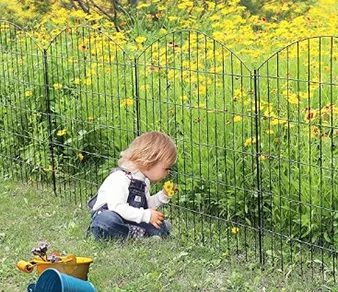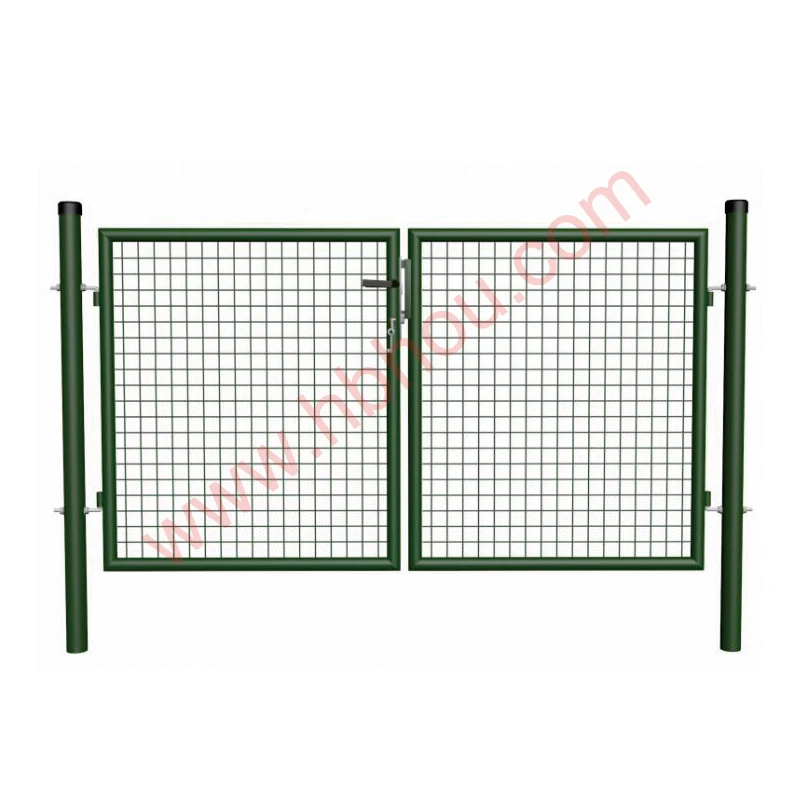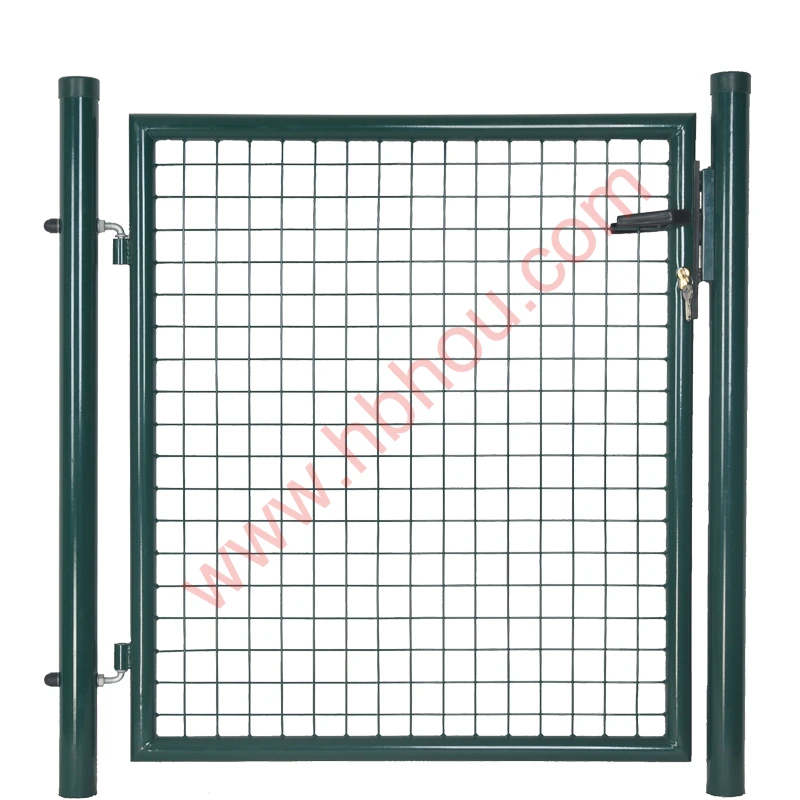The Importance of Gabion Walls in River Management
Gabion walls have emerged as a vital solution in managing riverbanks and controlling erosion, providing both ecological and structural benefits. These structures, often made of wire mesh filled with rocks or other materials, are designed to stabilize the soil and withstand the forces of flowing water.
The Importance of Gabion Walls in River Management
In addition to erosion control, gabion walls also play a role in enhancing the habitat for aquatic and terrestrial species. The spaces between the rocks provide shelter for small animals and promote the growth of vegetation along the riverbank. This contributes to biodiversity by offering a suitable environment for various species, which can thrive in the stabilized areas created by gabion walls.
gabion wall river

Moreover, gabion walls are an environmentally friendly option for river management. They utilize natural materials, such as stones and rocks, which can be sourced locally. This minimizes the carbon footprint associated with transportation and manufacturing of more traditional construction materials such as concrete. Additionally, as gabions are permeable structures, they allow water to flow through, which helps to maintain the natural hydrology of the river system.
From an aesthetic perspective, gabion walls can be visually appealing, especially when integrated into the landscape. The use of local stones allows the walls to blend in with their surroundings rather than stand out as an artificial structure. This helps to preserve the natural beauty of river environments, making them more attractive for both wildlife and outdoor enthusiasts.
Finally, gabion walls are relatively easy to construct and maintain, making them a practical choice for engineers and environmentalists alike. Once installed, they require minimal upkeep, which is crucial for regions frequently affected by flooding or heavy rainfall.
In conclusion, gabion walls offer a multifaceted approach to river management. They control erosion, enhance ecological habitats, utilize sustainable materials, and provide an attractive solution for landscape preservation. As we continue to face the challenges of climate change and increasing urbanization, gabion walls represent a sustainable tool for protecting our valuable river ecosystems.
















